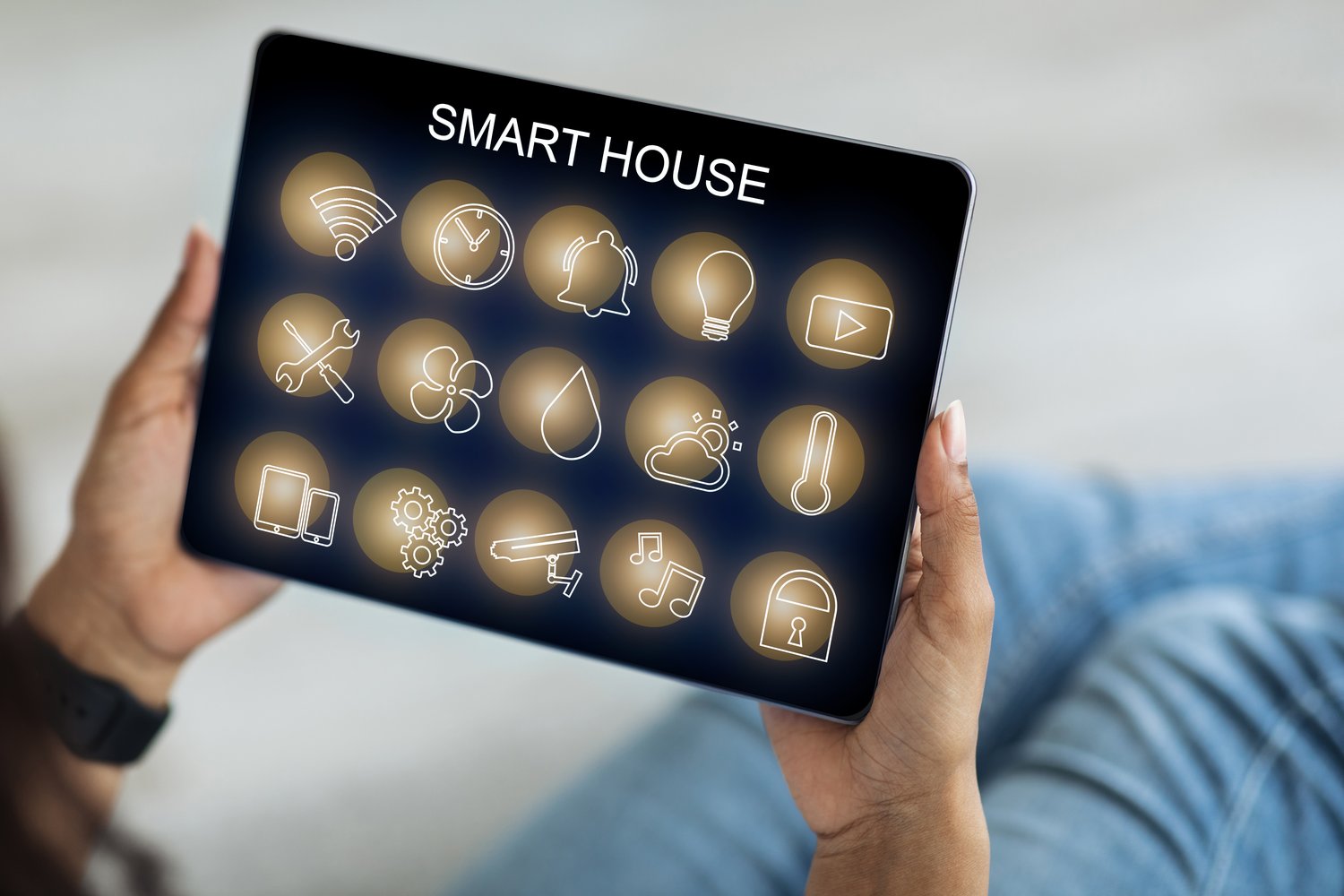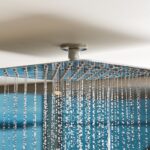Picture a smart home where each automated scene flows effortlessly, yet suddenly, your scene triggers stop working, interrupting the harmony. Navigating through the intricacies of home automation can often feel like unraveling a complex puzzle. In our guide, we dive into the common hurdles faced when scene triggers fail, exploring ways to restore and enhance their reliability.
- Discover potential reasons why your scene triggers might malfunction and learn effective troubleshooting techniques.
- Gain insights into configuring triggers meticulously for consistent performance that aligns with your smart home needs.
- Explore how strategic scheduling can integrate seamlessly with your home automation, preventing disruptions and elevating system efficiency.
By investigating the root causes and adopting robust scheduling solutions, this guide will empower you to elevate your home automation experience to a new level of reliability and sophistication.
Understanding Home Automation Scene Triggers: Common Issues and Solutions
Home automation systems offer incredible convenience, but when scene triggers stop working, they can become a source of frustration. Understanding the common issues with home automation scene triggers is essential for maintaining a smooth-running smart home.
One frequent problem is network connectivity. A stable and strong network connection is crucial as most scene triggers rely on cloud-based services or communicate with other devices over the internet. Ensure your Wi-Fi signal is robust throughout your home. Additionally, consider reducing network congestion caused by too many devices.
Another common issue is software glitches. These can occur due to outdated software or firmware on either the smart devices or the home automation hub. Regularly checking and updating all software can prevent many operational problems.
Incorrect trigger settings might also lead to scene failures. Double-check that your trigger conditions are correctly configured according to your needs. Simple mistakes, like setting a scene to trigger at an incorrect time or date, can prevent seamless operations.
To troubleshoot these issues effectively, first verify your internet speed and device connectivity. If the problem persists, a reset of either the home automation hub or the individual device can often restore proper functionality. If issues continue, consult product-specific support documentation or forums where experienced users share their solutions.
Diving Deeper into Trigger Configuration for Consistent Performance
To achieve consistent performance from your home automation system, it is crucial to configure triggers accurately. Proper configuration ensures that scene triggers activate the desired actions reliably.
Start by examining trigger conditions in your home automation setup. Conditions are the specific circumstances that must be met for a scene to be triggered. They could include a specific time of day, a change in temperature, or the presence of motion. Set these conditions clearly to prevent scenes from misfiring.
It’s also important to prioritize your triggers. If multiple triggers are associated with a single scene, decide which should have precedence. This prevents conflicts where one trigger might cancel out another. In systems with advanced capabilities, consider using conditional logic to refine how and when scenes get triggered.
Don’t overlook the significance of suitable device compatibility. Some devices might not fully support certain triggers or scenes, leading to inconsistent performance. Ensure all components in your network support the intended trigger functionality.
Maintaining an organized trigger system can also enhance overall performance. Regularly review all configured triggers to eliminate duplicates and remove unused scenarios. This reduces potential errors and keeps your system running smoothly.
By dedicating time to configuring triggers correctly, you can ensure your home automation system delivers the seamless experience it’s designed to provide. If issues arise, software updates or professional consultation might be necessary to resolve more complex configuration challenges.
Integrating Scheduling with Home Automation
Integrating scheduling with your home automation system is crucial for ensuring smooth operation and reliability. Scheduling plays a significant role in how effectively your smart home devices communicate and execute programmed behaviors. When your home automation scene triggers are not working reliably, exploring scheduling techniques can provide effective solutions.
The accuracy of your scheduled events can determine whether scene triggers activate as expected. Regular updates and checks are essential to maintain the integrity of these settings. By optimizing schedules, you ensure that operations occur at precise times without conflict or delay, thus enhancing the overall performance of your smart home system.
Effective Scheduling Techniques for Home Automation
To prevent missed triggers and improve system efficiency, consider these scheduling techniques:
- Create Detailed Schedules: Set up your automation sequences with clear timelines and priorities. For example, schedule lighting control systems to align with sunrise and sunset for energy efficiency.
- Utilize Overlapping Buffers: Where overlapping schedules exist, use buffers to accommodate any delays that might occur in communication between devices. This ensures that two scenes don’t collide and result in premature or missed actions.
- Implement Condition-Based Triggers: Integrate condition-based scheduling to add an extra layer of reliability. Instead of merely time-based triggers, use sensors or other devices to trigger scenes under specific conditions (e.g., motion sensors to trigger lights).
Recognizing the importance of scheduling in home automation can greatly impact your smart home experience. By incorporating these strategies, you eliminate the frustrations of missed triggers and enhance user interactions with the system.
Frequently Asked Questions About Home Automation Scene Triggers
Why are my home automation scene triggers not working?
Scene triggers can fail due to network connectivity issues, misconfigured settings, or outdated firmware.
How can I troubleshoot malfunctioning scene triggers?
Check your network connection, verify trigger configuration settings, and ensure your devices have the latest firmware updates.
What is the role of scheduling in home automation?
Scheduling allows for automated actions to occur at designated times, helping to ensure scene triggers operate efficiently.
Can integrating schedules improve trigger reliability?
Yes, integrating well-planned schedules can reduce the chance of missed or delayed triggers, enhancing system reliability.
Are there security concerns with home automation systems?
Yes, securing your network and using strong passwords reduce vulnerabilities and protect your automation system from unauthorized access.
What tools can I use to diagnose problems with scene triggers?
Use diagnostic tools available within your home automation app or platform to monitor trigger actions and settings.





